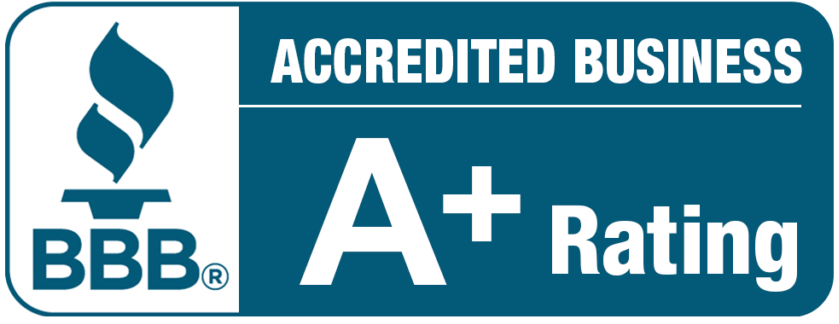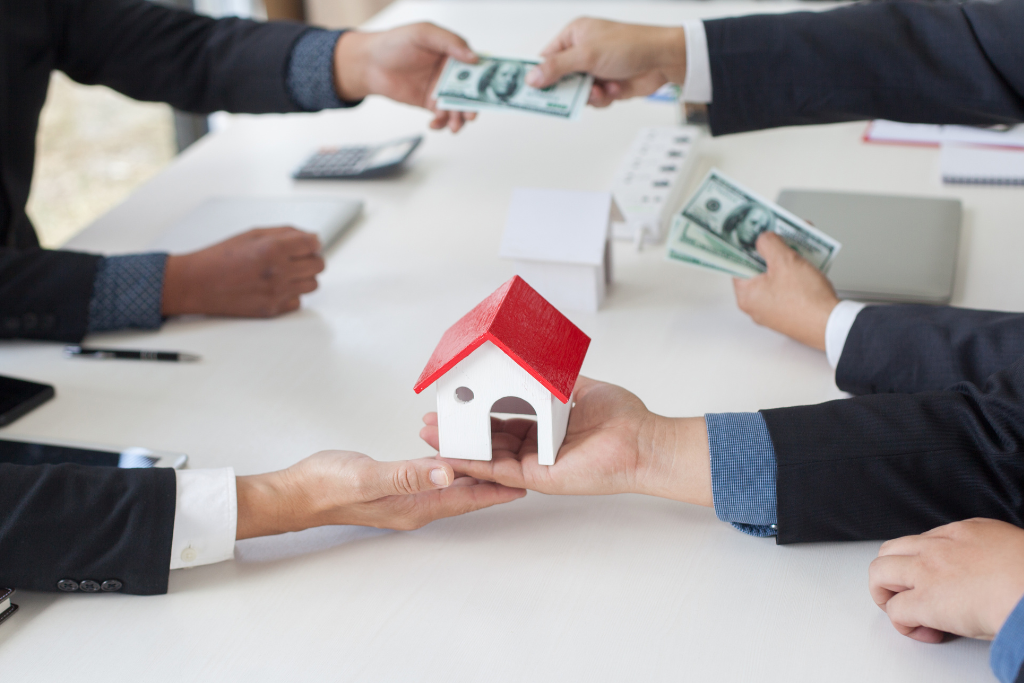Are you looking to sell your house fast and get a great price? In today’s competitive real estate market, achieving a quick sale at your desired price point can be a challenge. However, with the right preparation, marketing strategies, and negotiation tactics, you can successfully navigate the home selling process and maximize your returns.

This comprehensive guide will walk you through the key steps how to sell your house quickly for a good price. From pricing your home competitively to making strategic home improvements, we’ll cover all the essential elements to help you achieve a fast, lucrative sale.
Pricing Your Home Competitively
One of the most important factors in selling your house quickly for a good price is setting the right list price from the start. Pricing your home too high can deter potential buyers and lead to your property languishing on the market. Conversely, pricing it too low could mean leaving significant money on the table.
To strike the right balance, begin by researching recent sales of comparable homes in your local market. Look at factors like square footage, number of bedrooms/bathrooms, lot size, and overall condition to identify the most relevant “comps.” This will give you a sense of the current market value for homes similar to yours.
Next, consider any unique features or recent upgrades to your property that could justify a higher price point. Have you completed a major renovation, added desirable amenities, or enjoyed a particularly sought-after location? These elements may allow you to price your home slightly above the general market rate.
It’s also wise to factor in current market conditions and buyer demand in your area. If homes are selling quickly and bidding wars are common, you may be able to list your home at the high end of the comparable price range. Conversely, if the market is softer, it’s best to price conservatively to attract serious buyers.
Finally, don’t forget to account for negotiation room in your initial list price. Most buyers will expect some degree of price flexibility, so you’ll want to leave ample margin to land at your target sale price.
Making Strategic Home Improvements
Before putting your home on the market, take a critical look around and identify any areas that could use some attention. Strategic home improvements, big or small, can go a long way in boosting your home’s perceived value and appeal to buyers.
Start by tackling any pressing maintenance or repair issues. Fix leaky faucets, replace worn carpeting, address structural problems – these types of fixes demonstrate that you’ve properly cared for your home and help avoid potential deal-breakers for buyers during the inspection process.
Next, consider cosmetic upgrades that can make your home more visually appealing and inviting. A fresh coat of neutral-toned paint, updated light fixtures, and decluttered, staged living spaces can work wonders. Focus on the high-traffic areas that will make the strongest first impression, such as the entryway, kitchen, and primary bathroom.
For a bigger impact, look into more significant renovations that can significantly boost your home’s value. Popular projects include kitchen and bathroom remodels, finished basements, and additions like sunrooms or in-law suites. While these larger investments require more time and money upfront, they can pay dividends when it comes time to sell.
Remember, not all home improvements are created equal when it comes to return on investment. Research which upgrades tend to have the highest ROI in your local market before deciding where to allocate your renovation budget.
Maximizing Curb Appeal
They say you only get one chance to make a first impression, and that’s especially true when selling your home. Curb appeal – the overall attractiveness and inviting nature of your home’s exterior – can have a major influence on a buyer’s initial interest and perception of value.
Start by ensuring your home’s exterior is meticulously maintained. Power wash the siding, clean the windows, touch up any peeling paint, and tend to the landscaping. A well-manicured lawn, trimmed shrubs, and vibrant flower beds can instantly elevate your home’s curb appeal.
Consider upgrading your front door, garage door, or roof if they appear dated or worn. These high-visibility elements play a big role in forming buyers’ first impressions. Likewise, ensure outdoor lighting is functioning properly and strategically placed to highlight your home’s best features.
Staging Your Home to Perfection
Once your home’s interior and exterior are in top shape, the next step is to stage it for maximum impact. Proper staging helps prospective buyers envision themselves living in the space and can significantly boost your chances of a quick, profitable sale.
Begin by thoroughly decluttering and depersonalizing each room. Pack away family photos, knickknacks, and excess furniture to create a clean, neutral canvas. This allows buyers to more easily imagine how they would arrange and decorate the space.
Next, focus on arranging the remaining furnishings and decor in an aesthetically pleasing, functional way. Aim for a model home-like ambiance that showcases the flow and potential of each room. Strategically placed mirrors, accent pieces, and carefully curated vignettes can make spaces feel open, bright, and inviting.
Pay special attention to key areas like the kitchen, primary bedroom, and living room. These high-traffic spaces should be spotless, clutter-free, and showcase your home’s best assets. Consider bringing in professional stagers or rental furnishings if needed to achieve a model-worthy look.
Finally, ensure your home is well-lit, both naturally and artificially. Open curtains and blinds to let in plenty of natural light, and supplement with strategically placed lamps and overhead fixtures. Proper lighting can make spaces feel larger, airier, and more welcoming.
Leveraging Digital Marketing
In today’s tech-driven real estate landscape, a robust digital marketing strategy is essential for selling your home quickly and at a premium price. This involves leveraging a variety of online platforms and tools to maximize your home’s visibility and appeal to tech-savvy buyers.
Start by ensuring your home is listed on all the major real estate portals, such as Zillow, Realtor.com, and Trulia. Work closely with your real estate agent to craft a compelling, keyword-optimized listing that highlights your home’s best features and includes high-quality, professional photos.
Next, leverage social media to reach an even wider audience of potential buyers. Share your listing on platforms like Facebook, Instagram, and TikTok, and encourage your agent and network to do the same. Utilize eye-catching visuals, virtual tours, and engaging captions to pique interest.
Consider investing in digital advertising as well. Platforms like Google Ads and Facebook Ads allow you to target hyper-specific buyer demographics in your local market, ensuring your listing reaches the most qualified leads. Geo-targeted, video-based ads can be particularly effective in driving traffic and buyer interest.
Don’t forget to optimize your home’s online presence beyond just the listing itself. Ensure your agent has created a dedicated website or landing page for your property, complete with high-resolution photos, interactive floor plans, and detailed information about the home and neighborhood.
Effective Showings and Open Houses
When it comes to selling your home quickly for the best price, the showing and open house experience is critical. These in-person viewings are your opportunity to showcase your home’s attributes and create a lasting positive impression on potential buyers.
Work closely with your agent to establish a showing schedule that balances accessibility for buyers with your own privacy and convenience. Be flexible and accommodating, but don’t overextend yourself – you want to avoid disrupting your daily life too much during the sales process.
During showings, make sure your home is in pristine condition. Declutter, depersonalize, and stage each room to perfection, just as you did for the listing photos. Greet buyers with a warm welcome, and be prepared to highlight your home’s best features and address any questions they may have.
Open houses are another valuable tool for generating buyer interest and momentum. Work with your agent to promote these events heavily, both online and offline. Ensure the home is show-ready, with refreshments available and any necessary signage or directional guides in place.
Remember, the showing and open house experience is about more than just the physical attributes of your home. It’s about cultivating an emotional connection and helping buyers envision themselves living in the space. Pay attention to lighting, scents, and overall ambiance to create a welcoming, memorable experience.
Pricing Strategically for Negotiation
As you enter the negotiation phase, it’s crucial to price your home strategically to achieve a quick sale at your desired price point. This involves striking the right balance between being firm on your bottom line and leaving enough room for productive back-and-forth with buyers.
Begin by thoroughly researching recent comparable sales in your area to determine the fair market value of your home. This will help you establish a realistic, defensible list price that aligns with current market conditions.
Next, factor in potential negotiation room. Most buyers will expect some degree of price flexibility, so you’ll want to leave ample margin between your list price and your absolute minimum sale price. A good rule of thumb is to price your home 5-10% above your target sale price to account for this.
When reviewing offers, be prepared to counter-offer rather than accepting the first bid. Carefully evaluate each proposal, considering not just the purchase price but also any contingencies, timelines, and other terms that could impact the final value or your ability to close the deal.
Remember, the goal is to achieve the highest possible sale price while still maintaining a reasonable timeline. Be willing to negotiate in good faith, but don’t hesitate to walk away from offers that fall short of your minimum requirements.
Some key strategies for selling your house quickly for a good price:
Price Competitively:
Research comparable sales, factor in unique features, and leave room for negotiation. Price slightly above market value if the local market is strong.
Make Strategic Improvements:
Focus on fixing maintenance issues and making cosmetic updates to high-traffic areas. Consider targeted kitchen/bathroom renovations with good ROI.
Maximize Curb Appeal:
Maintain the exterior, power wash, trim landscaping, upgrade the front door/garage, and ensure proper outdoor lighting.
Stage for Maximum Impact:
Declutter, depersonalize, and arrange furniture to showcase each room’s flow and potential. Prioritize the kitchen, primary bedroom, and living areas.
Leverage Digital Marketing:
List on major real estate sites, utilize social media, consider digital ads, and create a dedicated property website with high-quality visuals.
Price for Negotiation:
Price 5-10% above your minimum to allow room for offers and counteroffers. Evaluate proposals holistically, not just the purchase price.
Frequently asked questions about How to Sell Your House Quickly for a Good Price:
How do I price my home competitively?
Research recent sales of comparable homes in your area, factor in any unique features, and leave room for negotiation. Price your home slightly above market value if the local market is strong.
What home improvements should I make before listing?
Focus on fixing any maintenance issues and making cosmetic updates to high-traffic areas. Targeted kitchen/bathroom renovations can also boost value. Research projects with the best ROI.
How can I maximize my home’s curb appeal?
Maintain the exterior, power wash, trim landscaping, upgrade the front door/garage, and ensure proper outdoor lighting.
How should I stage my home for showings?
Declutter, depersonalize, and arrange furniture to showcase each room’s flow and potential. Prioritize the kitchen, primary bedroom, and living areas.
What digital marketing strategies should I use?
List on major real estate sites, leverage social media, consider digital ads, and create a dedicated property website with high-quality visuals.
How do I price strategically for negotiation?
Price 5-10% above your minimum acceptable sale price to allow room for offers and counteroffers. Evaluate proposals holistically, not just the purchase price.
Conclusion:
Selling your house quickly for a good price requires a strategic, multi-faceted approach. From pricing your home competitively to maximizing its curb appeal and online visibility, each step of the process plays a crucial role in attracting serious buyers and securing a lucrative sale.
By following the guidance outlined in this comprehensive guide, you’ll be well on your way to navigating the home selling journey with confidence and achieving your desired outcomes. With the right preparation, marketing efforts, and negotiation tactics, you can position your property for a fast, profitable transaction in today’s dynamic real estate market.



